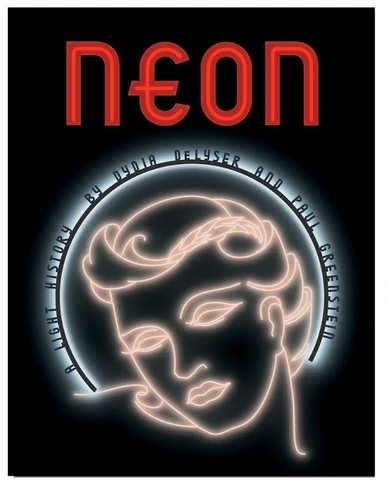Description
SIGNED
Since the late nineteenth century neon signs have inspired devotion and derision, drawing people to them and transforming the American landscape in the process. In Neon: A Light History Dydia DeLyser and Paul Greenstein unite the approaches of scholar and signmaker in the first book to detail neon’s rich history and geography from the inside. Lavishly illustrated and invitingly designed, this short book’s compellingly written expert analysis dispels long-held myths and misunderstandings about the inventors and technologies, the art and commerce, and the cities and communities that have made neon signs such iconic parts of the American landscape.
Revealing neon signs as active agents in sweeping cultural, economic, and political changes nationwide, DeLyser and Greenstein introduce readers to inventors and “tube benders,” business owners and customers, politicians and passersby, sign detractors and sign afficionados, architects and restoration specialists—a compelling cast of characters, many of whom, they show, continue to keep neon vibrant today. Taking readers inside the signs themselves, the authors show how each sign, whether historic or contemporary, is made by skilled hands—today just as they were over one hundred years ago.
Drawing from over a decade of in-depth archival and ethnographic research as well as more than four decades of experience in the sign industry, DeLyser and Greenstein use Los Angeles—not New York or Las Vegas—as focal point, showing how neon signs have catalyzed urban change, and how they continue to hold appeal for our changing communities—developing with the automobile and car-and-consumer culture in the twentieth century, expanding from cities to towns, and along highways to remote roadside outposts. From the earliest luminous tubing in the 1890s to the artistic creations of today, from community-funded restorations of historic signs to ordinary-seeming business signs that have become community icons, DeLyser and Greenstein show how, just as neon signs lit our past, they can now light our shared future.






